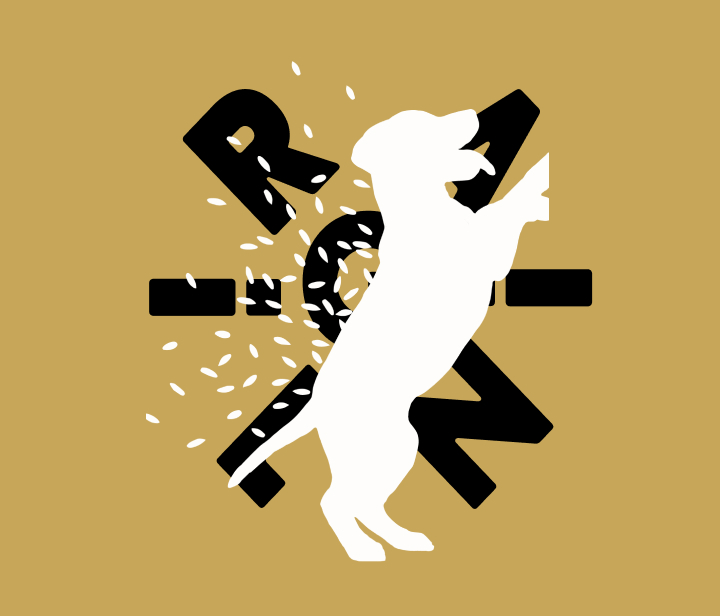Malt extract, derived from malted barley, plays a crucial role in various industries, providing unique flavors, aromas, and essential nutrients. This article delves into the use and functionality of liquid and dried malt extract, exploring their applications across diverse sectors.
The main difference between liquid and dried malt extract has to do with the shelf life of the products. Dried malt extract is easier to handle and has a much longer shelf life as liquid malt extract.
When you tell someone about malt extract, the first reaction will be that it has something to do with beer. That is true, but malt extract is an ingredient with many functionalities in as many different industries as well.
Within the (home) brewing industry liquid malt extract is used as a replacement for malted barley. It shortens the production time for the brewer. Another application with the brewery is when the wort doesn’t have enough body to ferment, they add malt extract. The fermentation needs the sugar to create the alcohol. With both liquid malt extract and dried malt extract you influence the flavor profile and alcohol content of the final product.
Another market that utilizes malt extract is the beverage industry. In many countries malt drinks are very popular. They are produced in the original version but there are also many varieties with fruit flavors. The other part of this industry are the non-alcohol beer types which are produced in countries where the brewing of beer is not allowed.

One of the biggest markets for malt extract is the food industry, especially in the baking sector, but also in the following industries:
- Confectionary
- Breakfast Cereals
- Instant Soup and Sauces
- Ice Cream
- Readymade meals
- Savory food items
- Dairy
- Food supplements
- Meat replacers
The functionality of malt extract in these markets is very diverse.
The main functionalities are:
- Texture
- Appearance
- Taste
Texture
When malt extract is used the texture of the baked products will improve. It homogenizes all ingredients and improves the layering of the final product. It also helps the yeast to add more air to the final product. Beside this, it helps to improve the shelf life of the product. It is a good humectant which make sure that the baked products stay longer fresh.
Appearance
Malt extract is giving the final product it’s best appearance possible. With baked goods it will give a very nice golden color. If you have malt extracts that are rich in colour, this will give the final application a better appearance, otherwise the taste of the applications will change.
Taste
The taste of the final applications with the inclusion of malt extract will have a rich malty flavor, but it will also improve the taste of the other ingredients. It will pronounce all flavors well without the overwhelming sweet taste when you are using other natural sweeteners.
Beyond these functionalities, malt extract serves as a natural source of vitamins, minerals, amino acids, and antioxidants. In the pharmaceutical industry, malt extract is used as a nutrient source in the production of liquid medications and dietary supplements. It also helps mask the bitter taste of many active ingredients in tablets and capsules, acting as a binding agent in pharmaceutical formulations.
One of the most surprise markets who are using malt extract is the cosmetic and skincare industry. As malt extract is a product which can hold moisture very well, it is seen as a humectant. In lipstick it will keep the lip moist, but also in other cosmetic products it will add moisture to the skin.
The last but more well know market for malt extract is the petfood industry. It has proteins and carbo hydrates which are used in pet food for small animals and fishes. Especially in cat food and treats, malt extract is a common ingredient. It helps the cat to digest the hairballs better. Even in horse feed malt extract is used. Besides the nutricial values, malt extract improves the palatability of animal feed. The sweet taste makes sure that many animals like the products which are made with malt extract.
Strong points of liquid and dried malt extract:
Versatility: Both liquid and dried malt extract can be used across various industries, demonstrating their adaptability.
Nutritional Value: Both forms offer a natural source of vitamins, minerals, and amino acids.
Shelf Stability: Dried malt extract, in particular, has a longer shelf life and is easy to store and transport.
Flavor Enhancement: Liquid malt extract enhances the flavor and aroma of food and beverages, making it a preferred choice in the culinary world.
Ease of Use: Dried malt extract simplifies the brewing process, making it accessible to both homebrewers and commercial breweries.
In conclusion, liquid and dried malt extract stand as indispensable ingredients with diverse functionalities and widespread usability. From the brewing kettle to the kitchen pantry and beyond, these extracts continue to leave their mark on various industries, contributing distinctive flavors, nutritional benefits, and ease of use to an array of consumer products.
Grainli® is your expert for liquid and dried malt extract: Let’s get in touch!



